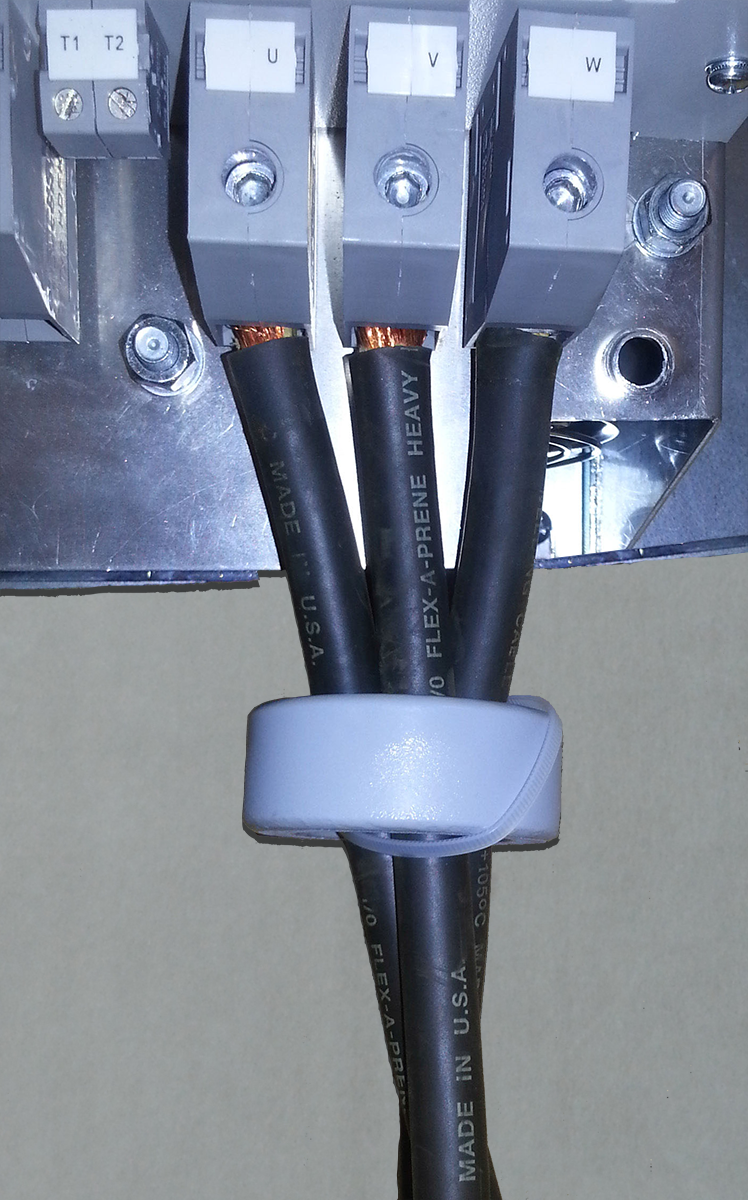devonhilburn21
Member
- Location
- US
- Occupation
- Electrician
I need help. I have a dura pulse gs3 VFD on a 3 phase 480v 3 phase 9 wire motor. VFD trips on ground fault every now and then. It may trio every other time the motor kicks on or every tenth time, it just varies. I’ve isolated my line and load cables to the motor and ran insulation test, all good. Now to the motor. Disconnected all 3 line wires, ran test and got .1 megohm on each phase to ground. Then isolated every wire (disconnected 4-7, 5-8, 6-9 and of course line wires). I get 550 megohms on each phase to ground. Is this motor bad? Is the VFD bugging out? Any help is appreciated.


